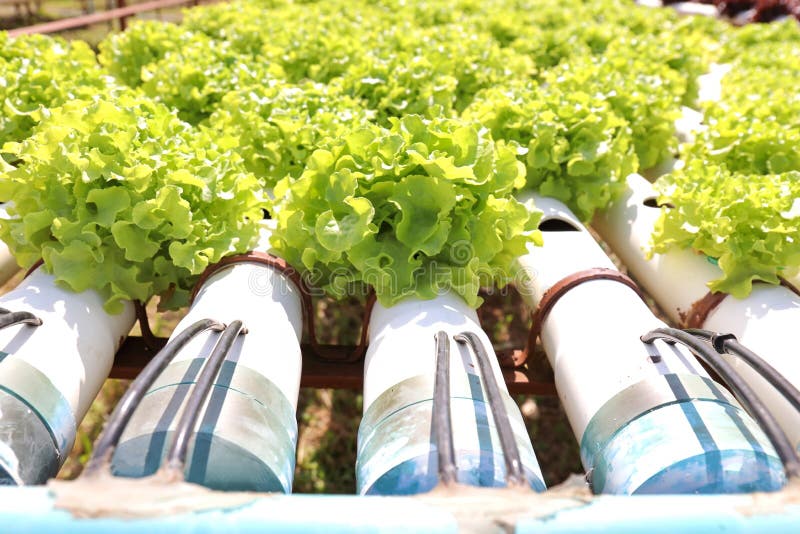Organic Hydroponics: A Beginner’s Guide to Sustainable Gardening
Are you interested in growing your own fresh produce but lack the space or suitable soil for a traditional garden? Look no further than organic hydroponics, a sustainable gardening method that allows you to grow plants without soil. In this beginner’s guide, we will explore what organic hydroponics is, its benefits, and how you can get started on your own hydroponic garden.
What is Organic Hydroponics?
Hydroponics is a cultivation technique that involves growing plants in nutrient-rich water instead of soil. Organic hydroponics takes this concept one step further by using only natural and organic fertilizers and nutrients to maintain the health of the plants. This approach eliminates the need for synthetic chemicals typically used in conventional hydroponic systems.
Benefits of Organic Hydroponics
1. Water Efficiency: One significant advantage of organic hydroponics is its water-saving potential. Compared to traditional soil-based gardening, where water can be lost through evaporation or runoff, hydroponic systems recirculate water efficiently.
2. Space Optimization: With organic hydroponics, you can grow more plants in less space compared to traditional gardens. Vertical farming techniques such as vertical towers or stacked containers allow you to maximize your available area.
3. Year-Round Harvests: Since hydroponic systems provide an ideal environment for plant growth, regardless of external weather conditions, you can enjoy year-round harvests even in regions with harsh climates.
4. Pest and Disease Control: Without soil as a medium for pests and diseases to thrive in, organic hydroponic gardens are naturally more resistant to common issues faced by traditional gardens.
Getting Started with Organic Hydroponics
1. Choose Your System: There are several types of organic hydroponic systems available including deep-water culture (DWC), nutrient film technique (NFT), and drip irrigation systems among others. Research each system to find the one that suits your needs and available space.
2. Gather Supplies: Apart from the hydroponic system itself, you will need pH testing kits, growing media (such as coconut coir or perlite), organic nutrients, and seeds or seedlings of your chosen plants.
3. Set Up Your System: Follow the manufacturer’s instructions to assemble your hydroponic system. Ensure proper water circulation, lighting, and ventilation for optimal plant growth.
4. Monitor Nutrient Levels: Regularly test and adjust the pH levels of your nutrient solution to ensure it remains within the ideal range for plant absorption.
5. Harvest and Enjoy: Once your plants have reached maturity, harvest them as needed and savor the joy of eating freshly grown organic produce from your own hydroponic garden!
Organic hydroponics is an innovative gardening method that offers numerous benefits for those looking to cultivate their own food sustainably. By understanding the principles behind this technique and following a few simple steps, you can start growing a thriving garden without soil in no time!


Leave a comment